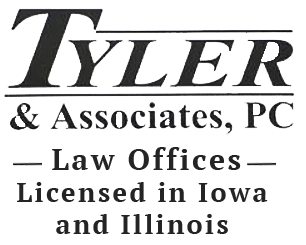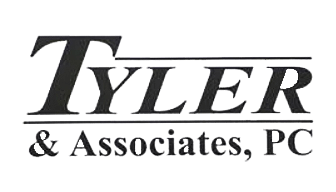For the 12 months of October 2018 through September 2019, the Occupational Safety and Health Administration issued fines totaling $7,171,513 for safety violations identified in food manufacturing facilities nationwide, including Iowa. Does that scare you? If you work in this industry, you are right to fear for your safety. OSHA says the industry strives to create safer work environments, but working in it remains a hazardous occupation.
If you knew which safety violations made the top 10 list of OSHA violations in food manufacturing, it might help you to look out for similar hazards in your workplace. Never losing sight of safety in your workplace and remaining alert might keep you out of the hospital and in the money.
Most frequently cited hazards
The following dangers might also pose injury threats in your workplace. In no particular order, they form the top 10 list as reported by OSHA:
- Machine guarding: Look out for machines without proper safeguarding. All points of operation, rotating parts, ingoing nip points, flying sparks and chips can cause severe injuries if you make contact.
- Lockout/tagout: The required work pace in food manufacturing plants often have repairs and maintenance done on machines without de-energizing them. Unexpected startups and the release of stored energy can be deadly.
- Hazard communication: Your employer must inform you of all the hazardous materials to which your job will expose you. This includes classification and safety requirements for working with chemicals and the dangers posed by combustible dust.
- Mechanical power-transmission equipment: Without the necessary safeguards and covers to prevent contact, power-transmission belts, gears, pulleys and other mechanical equipment can cause amputation injuries or worse.
- Powered industrial trucks: In the food manufacturing industry, these vehicles are mostly forklifts, which threaten not only the safety of those who operate them but also workers who share the same work area at ground level.
- Wiring standards: Electrical wiring, both permanent and temporary, must meet safety requirements. Wiring to fittings, frames and raceways must never be installed in dust transporting ducts due to the added risk for fire and explosions.
- General electrical safety: Electrical safety goes beyond safe installation. Frequent examinations must monitor electrical safety, including the necessary floor markings and sufficient workspace and access to electrical equipment.
- Elevated work areas: Here, the safety requirements for scaffolding prevail. Take the necessary precautions to prevent falls and being struck by dropped objects.
- Hazardous chemicals: There is no shortage of dangerous substances in food plants. These include disinfectants, anhydrous ammonia present in cooling systems, and the potential catastrophic release of explosive, flammable, reactive or toxic chemicals.
- Personal protective equipment: Never work without the necessary PPE. This includes gloves, safety glasses, ear protection, safety boots and any other protective gear to protect you from radiological, chemical and mechanical hazards.
Regardless of all the steps you take to stay safe, workplace accidents happen in the blink of an eye, and it might even result from a co-worker’s error or negligence. Fortunately, the Iowa workers’ compensation insurance program is there to have your back. An attorney with experience in the navigation of benefits claims can work on your behalf to obtain compensation to cover your medical expenses, lost wages and any additional benefits allowed under applicable state laws.

